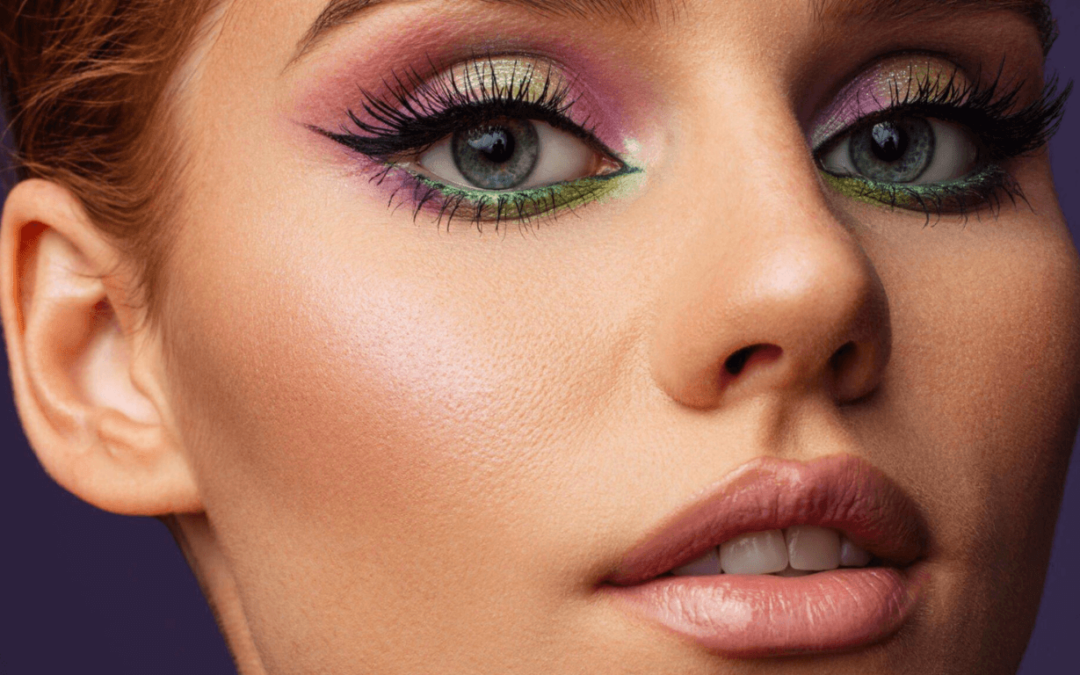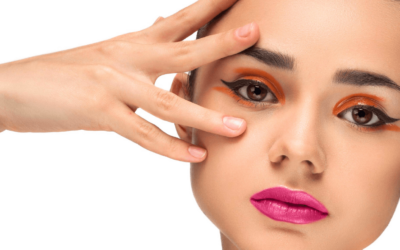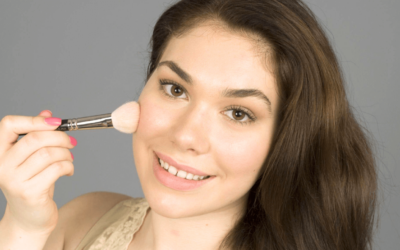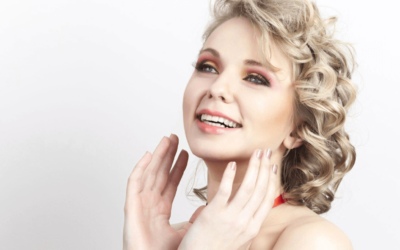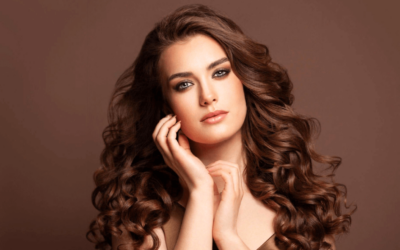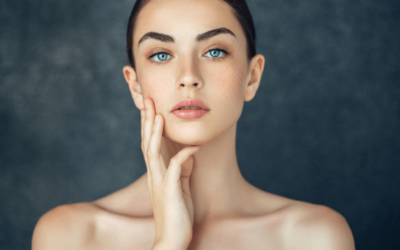The quest for flawless beauty through makeup is often accompanied by challenges that can perplex even the most skilled artists. Among these challenges, the phenomenon of “cakey” makeup stands as a frustrating enigma.
If you’ve ever wondered why makeup looks cakey, you’re not alone.
In this deep dive, we’ll unravel the intricacies of this makeup mystery, exploring the factors that contribute to the dreaded cakey appearance and unveiling strategies to overcome it.
Get ready to embark on a journey of discovery and transformation.
The Culprits Behind Cakey Makeup: Understanding the Puzzle
Product Overload: Too Much of a Good Thing
The excitement of makeup application can sometimes lead to overzealous product usage.
Layering multiple products, such as primers, foundations, concealers, and powders, without allowing each layer to properly set can result in a cakey texture.
The accumulation of product can settle into fine lines, pores, and creases, creating a thick and unnatural appearance.
Incompatible Formulas: Mixing and Matching Mishaps
The chemistry of makeup products is intricate, with different formulas interacting in unique ways. Mixing incompatible formulations, such as water-based and oil-based products, can disrupt the balance and cause clumping or pilling.
This interaction can contribute to the cakey look as the products don’t blend seamlessly, leading to uneven texture and finish.
Excessive Powder Application: The Powder Paradox
Powder is a powerful tool for setting makeup and controlling shine.
However, excessive powder application, especially over areas with fine lines or dry patches, can accentuate these imperfections, resulting in a cakey appearance.
It’s crucial to apply powder judiciously, focusing on areas prone to oiliness while allowing the skin’s natural radiance to shine through.
The Art of Application: Techniques to Avoid Cakey Makeup
Prep and Prime: The Canvas for Success
Creating a smooth canvas is essential to prevent cakey makeup. Begin with a hydrating primer to create a barrier between your skin and makeup.
Allow each layer to set before moving on to the next, ensuring that the products meld seamlessly. This technique prevents product buildup and encourages a more natural, skin-like finish.
Less is More: Strategic Product Application
The adage “less is more” rings true when it comes to makeup application. Start with a small amount of product and build coverage gradually.
Focus on areas that require more coverage while using a lighter touch on areas with fewer imperfections. This approach ensures that the makeup layers remain thin and blend harmoniously.
Blending Mastery: Tools and Techniques
The key to avoiding cakey makeup lies in impeccable blending. Invest in quality makeup brushes, sponges, or even your fingertips to blend products seamlessly.
Employ gentle tapping or buffing motions to ensure that the makeup is distributed evenly, preventing clumps and buildup. Remember, proper blending is the bridge between flawless and cakey.
Texture Taming: Strategies to Rescue Cakey Makeup
Mist and Refresh: Setting Sprays as Saviors
Setting sprays are more than just a finishing touch; they can be your cakey makeup’s lifeline.
A spritz of setting spray not only locks in makeup but also helps meld the layers together, creating a cohesive texture. Opt for a hydrating setting spray to melt away excess powder and give your skin a natural glow.
Emergency Kit: Dealing with Midday Cakeiness
Despite your best efforts, midday touch-ups may be necessary. To rescue cakey makeup on the go, carry a clean makeup sponge and blotting papers.
Gently press the sponge over cakey areas to lift excess product without disturbing the underlying layers. Blotting papers can absorb excess oil without disturbing your makeup’s texture.
Skincare as a Savior: The Foundation for Seamless Makeup
The Canvas of Healthy Skin
The foundation of any makeup look is healthy skin. Prioritize a consistent skincare routine that addresses your skin’s unique needs.
Regular exfoliation helps remove dead skin cells and ensures a smooth canvas for makeup application.
Hydrated and well-moisturized skin prevents makeup from clinging to dry patches, minimizing the risk of cakey texture.
Priming with Care: Tailored to Your Skin Type
Priming sets the stage for a flawless makeup application. Choose a primer that suits your skin type, whether it’s hydrating for dry skin or mattifying for oily skin.
A well-chosen primer not only enhances makeup longevity but also aids in preventing cakey texture by providing a balanced base.
The Final Brushstroke: Achieving Seamless Glamour
Trial and Triumph: Your Makeup Journey
The journey to achieving makeup perfection is paved with experimentation and self-discovery. Don’t be disheartened by occasional cakey mishaps; they’re opportunities to refine your techniques and find what works best for you.
Embrace your makeup journey with patience, enthusiasm, and an open mind.
Unveiling Your Best Self: Balance and Confidence
Ultimately, the essence of makeup lies in the art of self-expression and enhancement.
Strive for a balance between glamour and skin health, focusing on products and techniques that celebrate your natural beauty.
The confidence you exude when you feel comfortable in your skin is the true mark of successful makeup application.
The Sweet Spot: Where Beauty and Skin Harmony Meet
As we conclude this exploration into why makeup looks cakey, remember that makeup is a form of art that requires both skill and intuition.
While occasional cakey makeup may be inevitable, armed with the knowledge of its causes and preventive measures, you’re equipped to navigate the world of cosmetics with finesse.
Let your makeup journey be a testament to the harmony that can be achieved between creative expression and the well-being of your skin.

